Comparative analysis of u-net architectures and variants for hand gesture segmentation in parkinson’s patients
International Journal of Informatics and Communication Technology

Abstract
U-Net is a well-known method for image segmentation, and has proven effective for a variety of segmentation challenges. A deep learning architecture for segmenting hand gestures in parkinson’s disease is explored in this paper. We prepared and compared four custom models: a simple U-Net, a three-layer U-Net, an auto encoder-decoder architecture, and a U-Net with dense skip pathways, using a custom dataset of 1,000 hand gesture images and their corresponding masks. Our primary goal was to achieve accurate segmentation of parkinsonian hand gestures, which is crucial for automated diagnosis and monitoring in healthcare. Using metrics including accuracy, precision, recall, intersection over union (IoU), and dice score, we demonstrated that our architectures were effective in delineating hand gestures under different conditions. We also compared the performance of our custom models against pretrained deep learning architectures such as ResNet and VGGNet. Our findings indicate that the custom models effectively address the segmentation task, showcasing promising potential for practical applications in medical diagnostics and healthcare. This work highlights the versatility of our architectures in tackling the unique segmentation challenges associated with parkinson’s disease research and clinical practice.
Discover Our Library
Embark on a journey through our expansive collection of articles and let curiosity lead your path to innovation.





